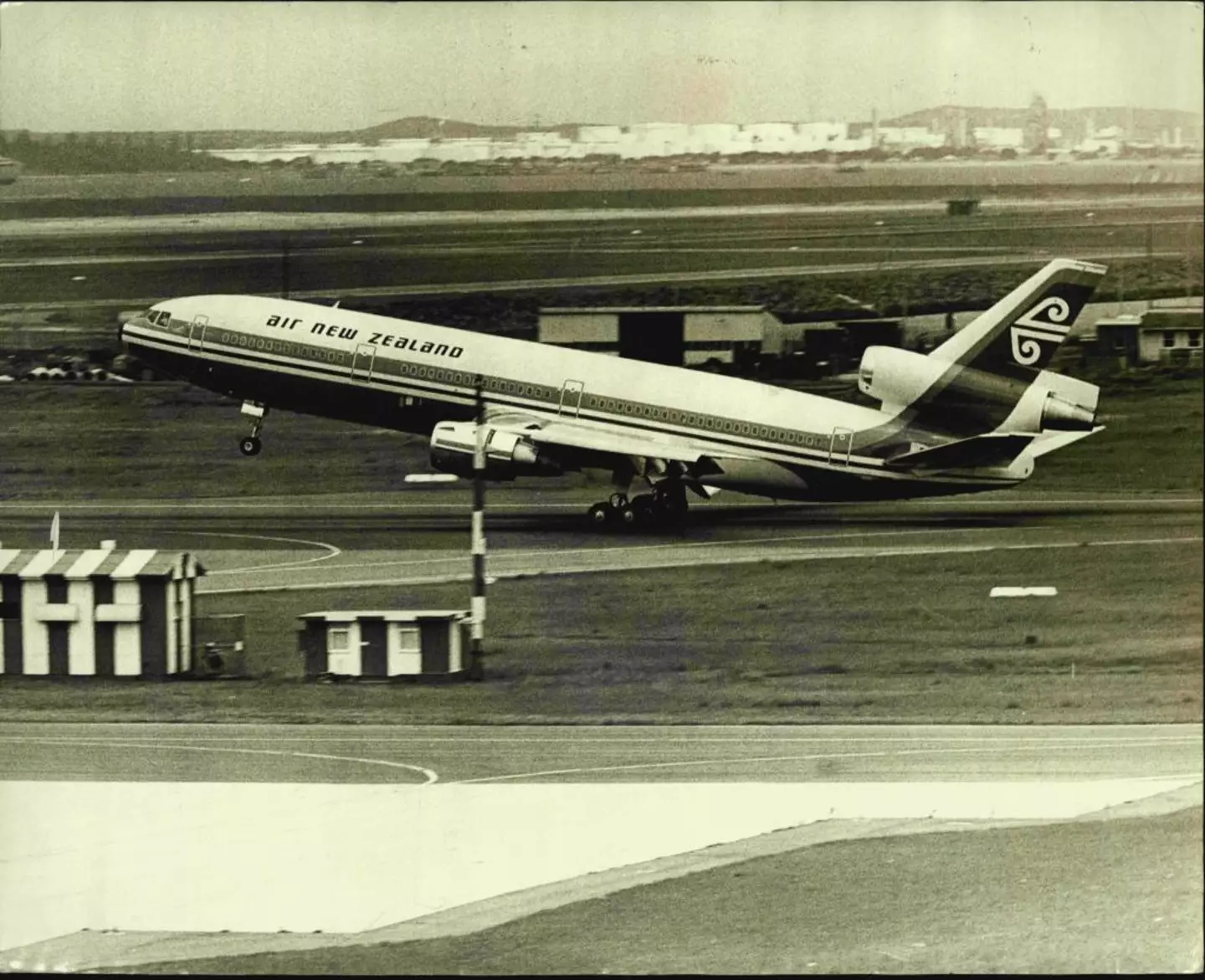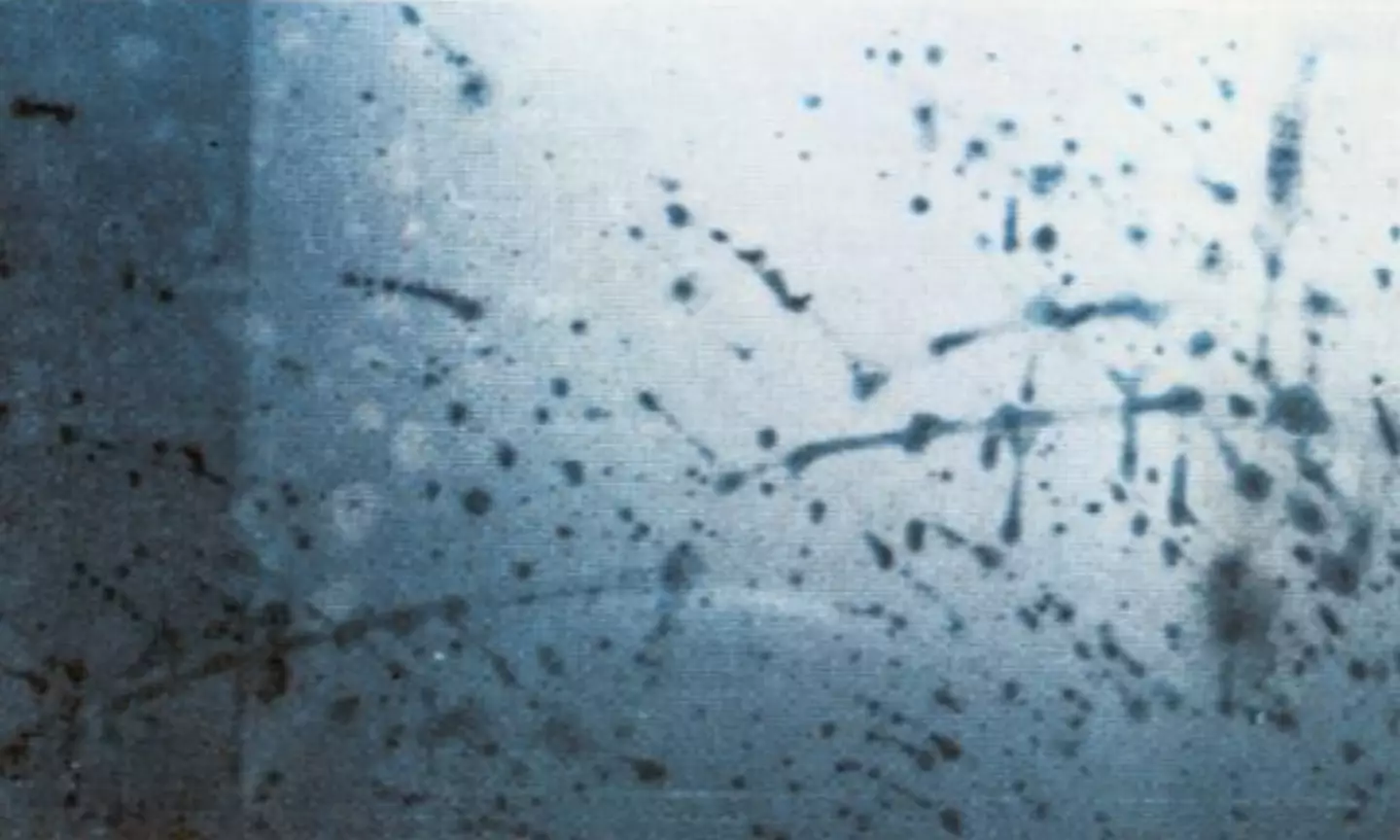.png)
One of the deadliest air disasters in history resulted in 257 lives being lost after a sightseeing plane flew into a volcano in Antarctica.
On 28 November, 1979, Air New Zealand Flight 901 took off from Auckland International Airport at 8am local time, and had planned to touch down at Christchurch 11 hours later.
The flight was due to head for the Antarctic where passengers could get a good view of polar landmarks and have interesting features pointed out to them by a guide.

This particular flight was due to have famous explorer Sir Edmund Hillary, who alongside Tenzing Norgay had become the first men to climb to the top of Mount Everest, but he had to cancel his participation.
Advert
The pilots on Flight 901 were experienced, but had never flown to Antarctica before.
During the flight the pilots had lowered the plane below the safe altitude to give passengers a better view, what they didn't see was that they were flying directly towards Mount Erebus, the second highest volcano in Antarctica.
A combination of clouds and snow meant the pilots couldn't discern the skyline and thus did not know that they were flying directly at a volcano - Mount Erebus on Ross Island.

The plane's warning system signalled that they were about to impact with the ground just seconds before impact, giving the pilots nowhere near enough time to react and change course.
Advert
237 passengers and 20 crew died in the disaster, and chilling images of their final moments were discovered as part of the recovery operation.
Being a sightseeing flight, someone on board had been filming inside the cabin, with canisters of film later discovered.
One of the images taken is believed to have captured the moment of the plane's impact, with the camera pointed towards a window with some manner of fluid on it.

Other footage from the disaster shows people inside the cabin enjoying the trip and unaware of the fate that awaited them.
Advert
People are going from window to window to see the sights, while other passengers are sipping from drinks.
Nobody on board knew they were heading for a direct collision with Mount Erebus.
When the plane did not return as expected it was thought that the flight might have run out of fuel, but search and rescue efforts spotted the wreckage on the slopes of Mount Erebus.
It was soon clear that there were no survivors.
Advert
An investigation into the crash found that the pilots had been briefed with a different flight plan to the one submitted into the plane's computer, with them expecting to fly past Mount Erebus rather than towards it.
A weather phenomenon known as 'whiteout' was pointed to as another cause, as this would is what would have made the pilots believe they were flying safely.
Featured Image Credit: Impact ErebusTopics: World News, Travel